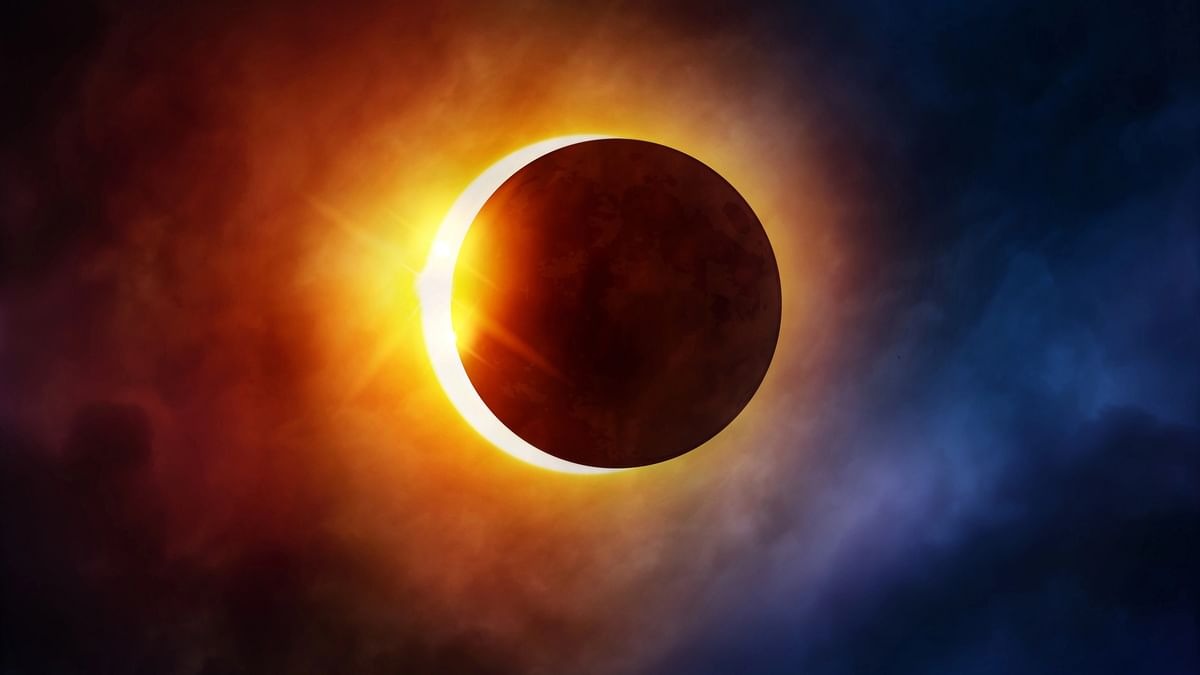Lunar eclipses are not uncommon, and they occur with some regularity. On average, there can be at least two to four lunar eclipses each year. However, the frequency and visibility of lunar eclipses can vary due to several factors:
1. Number of Eclipses :
There are typically two types of lunar eclipses—partial and total lunar eclipses. Total lunar eclipses are less common than partial ones, and the number of each type in a given year can vary.
2. Visibility :
Not all lunar eclipses are visible from every location on Earth. The visibility of a lunar eclipse depends on one’s geographic location. Some eclipses may be visible in certain parts of the world but not in others.
3. Geographical Distribution :
The distribution of lunar eclipses across different regions of the world varies, so some areas may experience eclipses more frequently than others.
4. Timing :
Lunar eclipses are often associated with specific lunar cycles and can be predicted in advance. The timing of lunar eclipses is influenced by the Moon’s orbit and its alignment with the Earth and Sun.
To find out when and where lunar eclipses will occur in a specific year or region, you can refer to astronomical resources, calendars, or websites that provide eclipse predictions and visibility maps. These sources can help you plan for lunar eclipse observations and ensure that you do not miss these natural celestial events.
also read other news :
What is a Chandra Grahan? Mystery of Lunar Eclipses !!
Lunar Eclipse : The Celestial Dance of Earth, Moon, and Sun
Is it safe to watch a lunar eclipse with the naked eye?
Cultural and Religious Beliefs Surrounding Lunar Eclipses !!
What is the astrological significance of a Chandra Grahan?
Can a Chandra Grahan be predicted in advance?
What equipment do I need to observe a lunar eclipse?
How does a Chandra Grahan differ from a Surya Grahan (solar eclipse)?
What are some popular myths or misconceptions about lunar eclipses?
